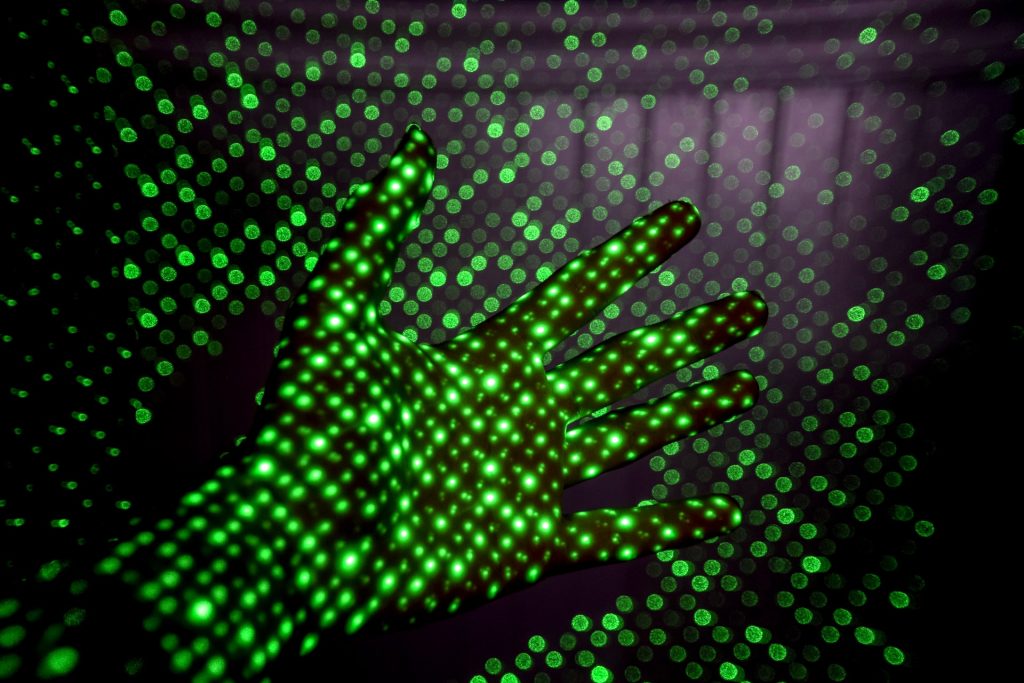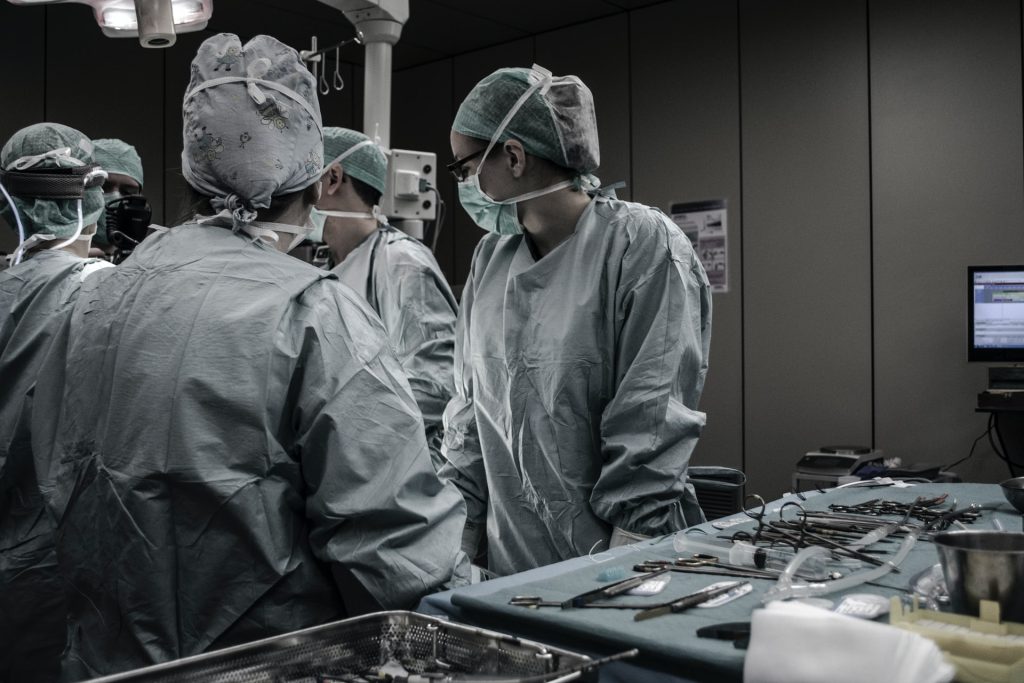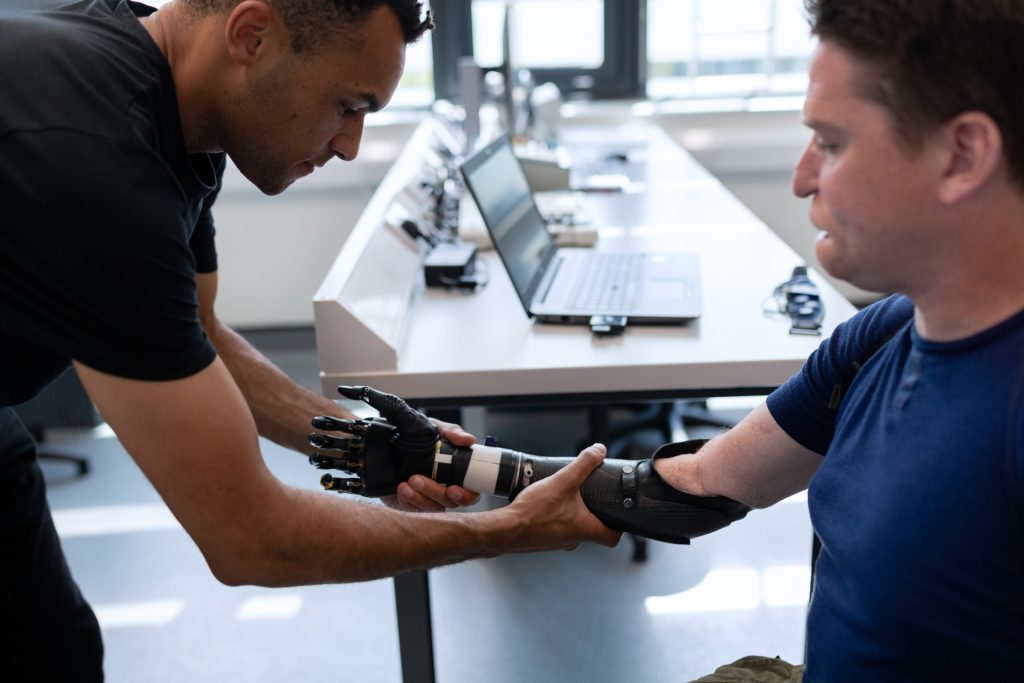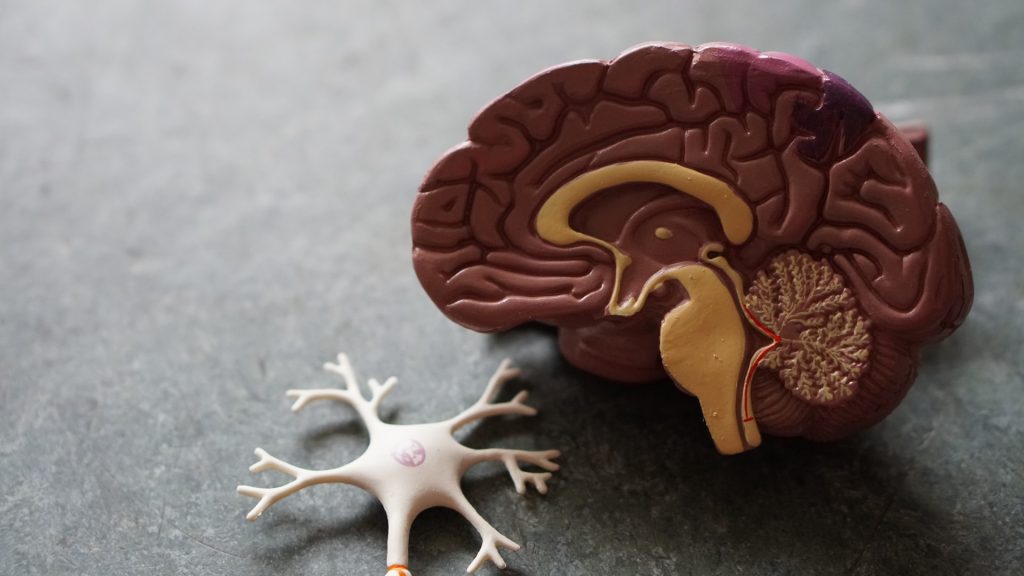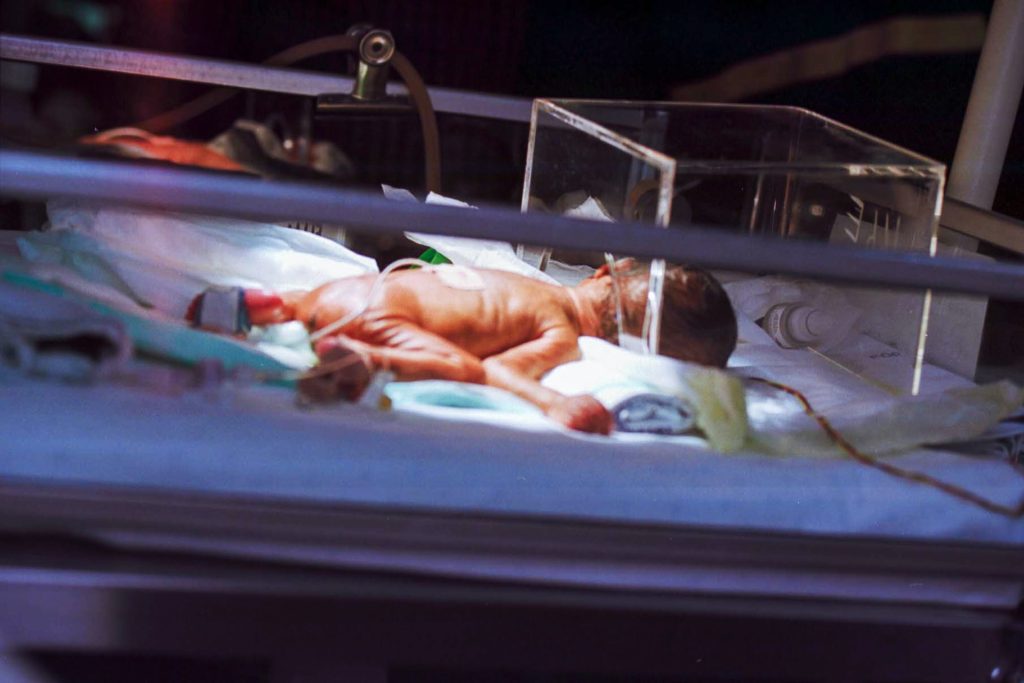The Promise of Plant-based Vaccines

Recent advances in the development and testing of plant-made vaccines has rekindled interest in plant-produced pharmaceuticals, including edible drugs, for human use. Technology and manufacturing advances could boost the uptake of such therapeutics, wrote Hugues Fausther-Bovendo and Gary Kobinger in an article published in Science.
Currently, therapeutic proteins such as antibodies, hormones, cytokines, and proteins in vaccines are mostly produced in bacteria or eukaryotic systems, including chicken eggs and mammalian or insect cell cultures. In 1986, scientists proposed the use of plants for the production of these proteins in what is termed ‘molecular farming’. Such a production process can be less costly and produce fewer contaminants.
Thus far, just one therapeutic protein derived from plants for human use has been approved (in 2012, for Gaucher disease). More recently in 2019, a plant-produced influenza virus vaccine completed phase III clinical trials with promising results, and phase III trials for a plant-made vaccine COVID vaccine started in early 2021. Plant-produced proteins have a number of advantages for vaccine development, according to Fausther-Bovendo and Kobinger, in particular the strong immune response the plant components of virus-like particles in vaccines can generate, which may reduce the need for adjuvants.
Also interesting to consider are oral, plant-made therapeutics, said Fausther-Bovendo and Kobinger. Possibly needing minimal processing, they could avoid expensive, lengthy manufacturing.
Edible vaccines – still predominantly in the preclinical stage of development – are also currently under development, the authors note. Compared to the proof-of-concept edible vaccines first tested decades ago, which generated weak immune responses, newly developed edible plant-made vaccines are now capable of provoking stronger immune responses, thanks to improved technology.
Because doses for therapeutics are much higher than for vaccines, investment in manufacturing infrastructure must increase to achieve large-scale manufacturing of plant therapeutic products, Fausther-Bovendo and Kobinger said.
Source: EurekAlert!

